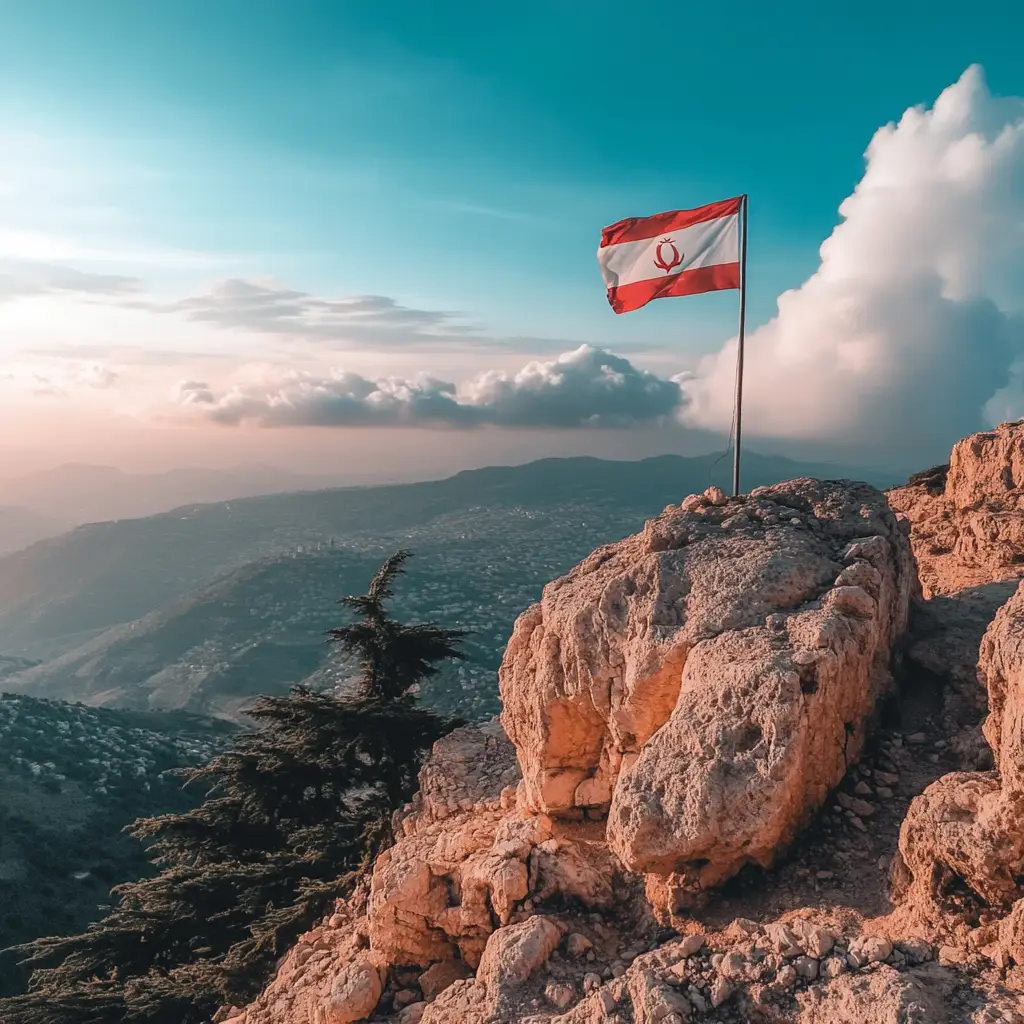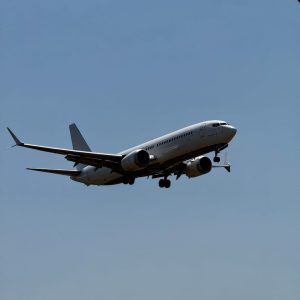Where is Lebanon and What is the History with Regards to the Conflicts?
Lebanon is a country with a rich history and a strategic geographical position, but it has also been the site of numerous conflicts over the years. This article will explore where Lebanon is located, its historical significance, and the key conflicts that have shaped the nation, including the Lebanese Civil War, regional tensions, and the impact of foreign powers.
1. Where is Lebanon?
Lebanon is a small Middle Eastern country located on the eastern shore of the Mediterranean Sea. It shares borders with Syria to the north and east, and Israel to the south. Despite its relatively small size, Lebanon’s strategic location has historically made it a crossroads for various cultures and a focal point for political and religious tensions.
Geographical Overview
Lebanon has a diverse landscape, featuring a Mediterranean coastline, mountain ranges, and fertile valleys. The capital city, Beirut, is a major cultural and economic hub in the region. Due to its proximity to Europe, Africa, and Asia, Lebanon has been a key player in historical trade routes and political dynamics.
2. The History of Conflicts in Lebanon
Lebanon has experienced significant conflict throughout its history, much of which is rooted in its complex religious and ethnic diversity, colonial legacies, and regional power struggles. Below is an overview of the major conflicts that have impacted Lebanon.
The Lebanese Civil War (1975–1990)
One of the most defining conflicts in Lebanon’s modern history was the Lebanese Civil War, which lasted from 1975 to 1990. The war was primarily driven by tensions between Lebanon’s various religious groups, including Christians, Sunni Muslims, and Shia Muslims, alongside Druze factions. The involvement of external powers, including Israel, Syria, and the Palestine Liberation Organization (PLO), further complicated the situation.
Causes of the Civil War
The civil war was sparked by a combination of internal and external factors, including growing resentment between Lebanon’s Christian Maronite leadership and the Muslim population, economic inequality, and the presence of Palestinian refugees and militias in the country after the Arab-Israeli conflicts of 1948 and 1967.
Key Events During the Civil War
Key events in the Lebanese Civil War include the involvement of Israel, which invaded southern Lebanon in 1982, and Syria’s prolonged military presence. The war resulted in devastating casualties and extensive damage to Lebanon’s infrastructure. It eventually ended with the signing of the Taif Agreement in 1989, which redistributed political power among Lebanon’s religious groups.
3. Israel-Lebanon Conflicts
Lebanon’s southern border with Israel has been a flashpoint for conflict for decades. In 1982, Israel invaded Lebanon to drive out the PLO, leading to a prolonged occupation of southern Lebanon. Tensions continued in the following years, and Israel’s presence ultimately led to the emergence of Hezbollah, a Shia militant group, which has since been a major force in Lebanese and regional politics.
The 2006 Israel-Hezbollah War
In 2006, Israel and Hezbollah fought a 34-day war following Hezbollah’s attack on Israeli soldiers. The war caused significant destruction in Lebanon, particularly in southern regions, and resulted in a UN-brokered ceasefire. Although the war ended in a stalemate, tensions between Hezbollah and Israel remain high to this day.
4. Syrian Influence and the Impact of the Syrian Civil War
Syria has played a significant role in Lebanese politics and conflicts for many years. Syria’s military entered Lebanon during the civil war and maintained a presence until 2005, when it was forced to withdraw following the assassination of former Lebanese Prime Minister Rafik Hariri, an event widely blamed on Syrian forces.
The Syrian Civil War Spillover
The Syrian Civil War, which began in 2011, has had a major impact on Lebanon, particularly due to the influx of over one million Syrian refugees and increased sectarian tensions. Hezbollah, allied with the Syrian government, has been involved in fighting in Syria, further straining Lebanon’s delicate political balance.
Conclusion: Lebanon’s Complex History of Conflict
Lebanon’s history is shaped by its geographical location, religious diversity, and the involvement of regional and global powers. From the Lebanese Civil War to ongoing tensions with Israel and the effects of the Syrian conflict, Lebanon continues to navigate complex challenges in its quest for stability.
Related Questions
1. What is Hezbollah’s role in Lebanon?
Hezbollah is a Shia political party and militant group that emerged during the Israeli occupation of southern Lebanon in the 1980s. It is supported by Iran and Syria and has significant influence in Lebanon’s politics and military affairs. Hezbollah is considered a terrorist organisation by some countries, while others view it as a legitimate resistance movement.
2. Why did Syria withdraw from Lebanon in 2005?
Syria withdrew from Lebanon following widespread protests and international pressure after the assassination of former Prime Minister Rafik Hariri. The event, known as the Cedar Revolution, led to the end of Syria’s nearly 30-year military presence in Lebanon.
3. How does the Taif Agreement affect Lebanese politics?
The Taif Agreement, signed in 1989, ended the Lebanese Civil War and restructured the political system to better represent Lebanon’s religious diversity. It redistributed parliamentary seats equally between Christians and Muslims and reinforced Lebanon’s confessional system of government, where key positions are allocated based on religious affiliation.




